Table of Contents
1999 MASSACHUSETTS INSTITUTE OF TECHNOLOGY
All rights reserved. No part of this book may be reproduced in any form by any electronic or mechanical means (including photocopying, recording, or information storage and retrieval) without permission in writing from the publisher. This book was set in Rotis Semi Serif and Bembo by The MIT Press and was printed and bound in the United States of America.
LIBRARY OF CONGRESS CATALOGING-IN-PUBLICATION DATA
Mitchell, William J. (William John), 1944-
E-topia : Urban life, Jimbut not as we know it / William J. Mitchell.
p. cm.
Includes bibliographical references and index.
ISBN 0-262-13355-5 (hc : alk. paper)
1. TelecommunicationSocial aspects. 2. Computer networksSocial aspects. 3. Information superhighwaySocial aspects. 4. Cities and towns. I. Title.
HE7631.M58 1999
303.4833dc21
99-20670
CIP
For Emily and Jane
PROLOGUE: URBAN REQUIEM
Marshall McLuhan, 1967: The city no longer exists, except as a cultural ghost for tourists.
Yes, yes, I know; its a familiar tropedeath of God, death of the subject, death of the author, death of the drive-in, end of history, exhaustion of science, whatever. But he turned out to be rightthough a few decades ahead of his time, as usual.
Its finally flatlining.The cityas understood by urban theorists from Plato and Aristotle to Lewis Mumford and Jane Jacobscan no longer hang together and function as it could in earlier times. Its due to bits; theyve done it in.Traditional urban patterns cannot coexist with cyberspace.
But long live the new, network-mediated metropolis of the digital electronic era.

The First Mourners Eulogy
DOA at Y2K! Whatever happened to the city as we know it?
Ill tell the tale.
Long ago, there was a desert village with a well at its center. The houses clustered within the distance that a jar of water could comfortably be carried. In the cool of the evening the people came to the well to collect the next days supply of water, and they lingered there to exchange gossip and conduct business with one another. The well supplied a scarce and necessary resource, and in doing so also became the social centerthe gathering place that held the community together.
Then the piped water supply came. Who could deny the practical advantages? It was more convenient, and kids no longer got cholera. Population grew, and the village expanded into a large town, since houses could be supplied with water wherever the pipes could run.
Dwellings no longer had to concentrate themselves in the old center. And the people ceased to gather at the well, since they could get water anytime, anyplace. So the space around the wellhead lost its ancient communal function, and the people invented some new, more up-to-date and specialized sites for socializinga piazza, a market, and a cafe.
History replaysthis time because the information supply system has changed. Once, we had to go places to do things; we went to work, we went home, we went to the theater, we went to conferences, we went to the local barand sometimes we just went out. Now we have pipes for bitshighcapacity digital networks to deliver information whenever and wherever we want it. These allow us to do many things without going anywhere. So the old gathering places no longer attract us. Organizations fragment and disperse. Urban centers cannot hold. Public life seems to be slipping away.
Take something as simple but telling as a day at the races. Before telecommunications, this involved traveling to the racecourse, mixing with punters in the stands, placing your bets with bookies on the rails, watching the horses with your own eyes, and settling your wagers face to face. Then, when radio and the telephone came along, races were broadcast, off-track betting (both legal and illegal) flourished, and on race days you could hang out at different placesat pubs and betting shops. Now, the ever-entrepreneurial Hong Kong Jockey Club has reconfigured the system once again by introducing handheld, electronic, networked devices that allow you to place your bets from anywhere in the city, at any time of day. You just need a telephone jack or a wireless connection to log in, and the system settles your accounts automatically. It is extraordinarily efficient, but it also eliminates occasions that going to the track had provided for making contacts, socializing, building trust, and doing deals.
Once again, we need to innovateto reinvent public places, towns, and cities for the twenty-first century.

The Second Mourners Eulogy
And thats not all. Digital communication also remakes the traditional rhythms of daily life.
Not so long ago, a family of the North lived in a fine clapboard house. There was a chimney at the heart of it, and to keep in the warmth the walls formed a simple surrounding box. In the winter, family members gathered round the fireplacewhich was the only source of heat and light. Here, the children studied, the parents exchanged news of the day, and Grandma worked at her embroidery. The hearth held the extended family together.
Then pipes for delivering energy were put inelectrical wiring and central heating ducts. Family members could be warm and have light to read by everywhere. The fire was no longer kindled, except as a kind of nostalgic entertainment on festive occasions. The kids withdrew to their rooms to do their homework and listen to their stereos. The parents began to work different shifts, and would leave testy notes for each other on the refrigerator door. Grandma got bored and cranky, and soon moved out to an air-conditioned nursing home near Phoenix where she could play bingo with her similarly sidelined cronies. The fireside circle could no longer serve as social glue.
Informatization is following hard on the heels of electrification, with social consequences that are at least as profound. As the engineers figure out the technology, and the venture capitalists keep the IPOs popping, tiny telecommunications and information-processing devices are becoming as commonplace as lightbulbs and electric motors. You can call just about anyone, anywhere in the world, at any moment, from your digital cell phone. You can have twenty-four-hour news delivered digitally, by satellite, to your hotel room TV. You can pick up your email, whenever you want it, at any telephone jack. You can get cash at any ATM, any time. Your domestic appliances have embedded processors, and will increasingly require network connections as well as electrical and plumbing hookups. Your car is crammed with sophisticated electronics, and the guy who fixes it needs a computer as well as a wrench. The early industrial age of dumb devices is over; things now tirelessly, twenty-four/seven, think and link.
Today, ubiquitously present telecommunications networks, smart machines, and intelligent buildings combine with water supply and waste removal, energy distribution, and transportation systems to create a wherever, whenever, globally interlinked world. The old social fabrictied together by enforced commonalties of location and scheduleno longer coheres.
What shall replace it?

The Third Mourners Eulogy
Once, the Buddha sat under a bo tree. Disciples gathered in the shade and listened to his voice. To learn, they had to come within earshot. And in that place they formed their community of believers.


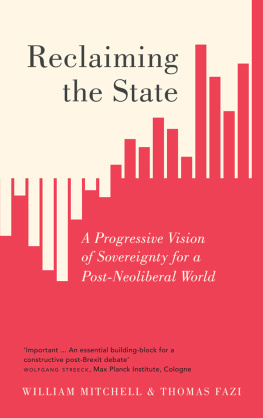



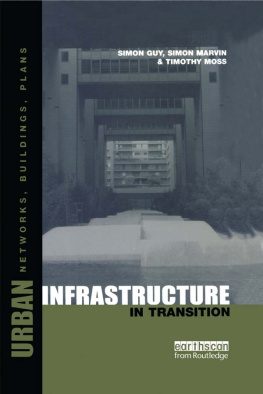
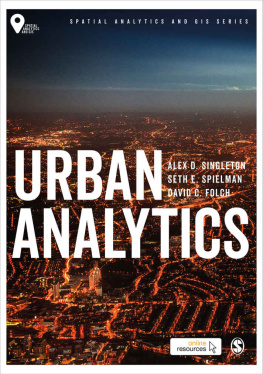
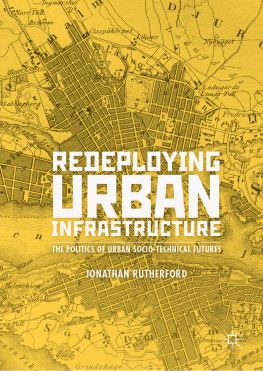

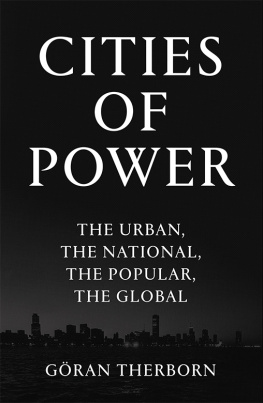
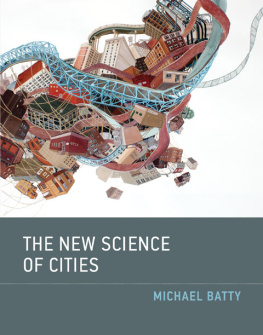
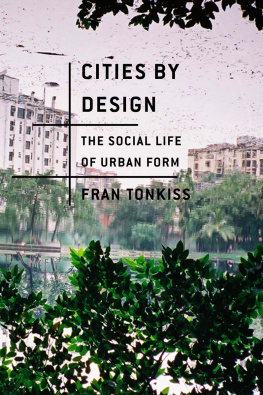

 The First Mourners Eulogy
The First Mourners Eulogy